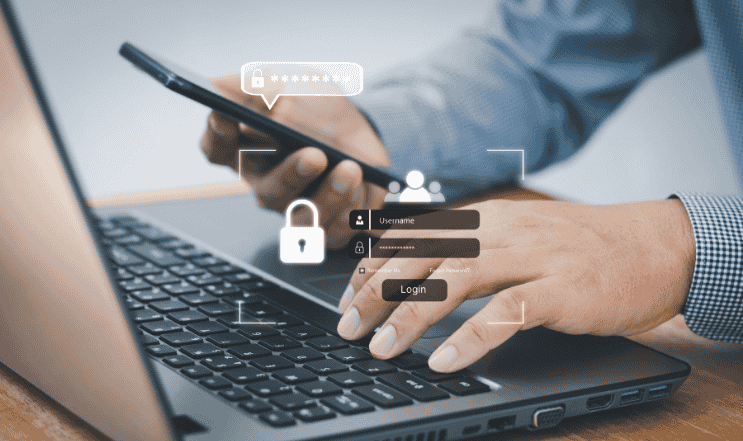
| 

The financial services industry, more than any other non-governmental organisation or regulatory body, relies on the highest standards of identity verification; both to protect its customers from criminal activity, and itself from potentially fatal litigation, financial and law enforcement penalties. For this reason, banks and other financial institutions are leading exponents of new technologies embracing online ID checks.
This situation has been given extra focus in 2020, with the imposition of national and regional lockdowns for customers needing financial services. The fact is that, in many parts of the world, people are simply not able to travel; this places severe restrictions on their ability to verify their identity in person, when opening accounts, asking for financial advice, or attempting to transfer funds.
Money laundering legislation and knowing your customer
This situation puts added pressure on financial services providers because their commitments and obligations have not been relaxed in the new, Covid-reactive climate. Anti money laundering (AML) regulations are still in place, and at least as important as ever. Also, with people becoming ever more remote from the services they use, knowing your customer (KYC) is both harder and more vital than before.
In the United Kingdom, the government’s financial conduct authority (FCA) has spelled out the situation to any financial institution operating on British soil. The FCA issued a letter in March 2020, in relation to 2017’s money laundering regulations (MLRs). In it, the FCA spells out that financial services providers must abide by these regulations, which they advise may well include taking innovative steps to verify customer identity.
UK financial institutions are helped in this endeavour by the Joint Money Laundering Steering Group (JMLSG), which has published guidance on the best ways of achieving this remotely, including advice on extra checks. Part of this guidance is in the area of facial recognition checking.
Comparing facial features with certified liveness
The latest technological means of facial recognition uses two different types of image capture; still photography and video. By combining the two, this method – known as “certified liveness” eliminates one quite new aspect of online fraud; applications from criminals who happen to have realistic (perhaps stolen) documentation belonging to the named applicant.
Certified liveness works by asking the applicant to place themselves a certain distance from a video-enabled device, then moving closer. This only takes a couple of seconds, but with the right recognition technology, a complete 3D virtual face can be constructed, using hundreds of video images. This virtual face can then be compared to images captures on recognised documents such as passports or driving licences.
The importance of biometrics
The added value of certified liveness is in its use of biometrics. By taking a short video, rather than a still image, the amount of biometric data captured increases by an order of magnitude. This enables the checking of how any given face would look from distances separated by millimetres. As certified liveness checking is reactive, a pre-recorded video cannot be used. This fact, combined with the proven reliability of biometrics, delivers customer verification to the highest available standards, short of the user being physically present.


